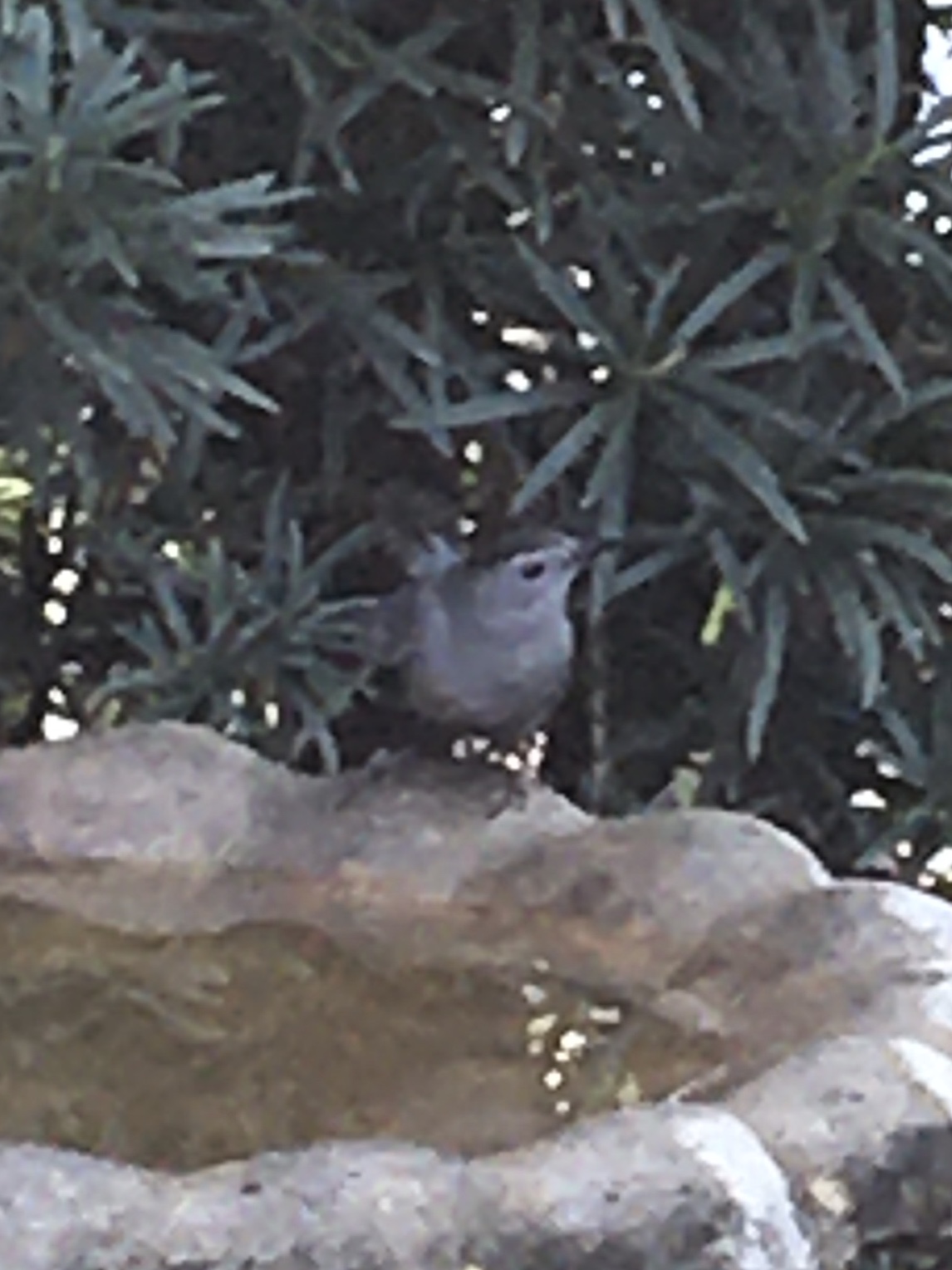Rebekah Heppner, Master Gardener Volunteer Trainee
There, I said it. Yes, I’m a Master Gardener Volunteer, a trainee to be exact. But I don’t do this for the love of plants. I’m not kidding. I don’t really even like plants. When I started gardening, I thought working with plants would be a nice change after a career of working with people. Surely, they would be easier to control and more predictable than people. (I’ll pause here, so the real gardeners can finish laughing at that idea). It didn’t take long to figure out how much harder it is to train plants than people. For starters, they don’t speak my language. Or maybe they just have poor listening skills. But a funny thing happened while I was waiting for my plants to start paying attention to me: butterflies and bees and birds started coming into my yard. I credit that to the Master Gardener Volunteers who (pre-COVID) presented wonderful classes at the Palm Harbor Library. It was there I learned about the importance of native plants. Of course, I liked the idea that natives might not require as much supervision as the exotics in my garden, but I was really pleased that I could now garden with a purpose—a purpose other than the love of plants. I’ve always liked nature, but never knew that I could make a difference with my little patch of earth. Four years, many more classes, and two Doug Tallamy books later, I garden almost every day—and actually enjoy it—especially when planting natives to replace evil invasive non-native plants.
 I have to admit my yard doesn’t look like an English garden, or even a pretty, decorative, Florida garden, and my friends and neighbors probably think I’m a really bad gardener (they may be right about that), but I don’t care. The birds and pollinators love my yard. I have butterflies year-round and get excited when I see a new bird come for a visit. This photo is a Gray Catbird, the first I’d seen, stopping by recently on its winter migration. I caught him getting a drink and a little splash, but I hope he had a snack while he was here. There are berries on my marlberry (Ardisia escallonioides) shrub right now, a few left on my beautyberry (Callicarpa americana) and—my favorite—lots of bare ground for hunting tasty insects and worms. Who knew NOT planting something was good for nature? Planting nothing is something I can do well. I might even love it.
I have to admit my yard doesn’t look like an English garden, or even a pretty, decorative, Florida garden, and my friends and neighbors probably think I’m a really bad gardener (they may be right about that), but I don’t care. The birds and pollinators love my yard. I have butterflies year-round and get excited when I see a new bird come for a visit. This photo is a Gray Catbird, the first I’d seen, stopping by recently on its winter migration. I caught him getting a drink and a little splash, but I hope he had a snack while he was here. There are berries on my marlberry (Ardisia escallonioides) shrub right now, a few left on my beautyberry (Callicarpa americana) and—my favorite—lots of bare ground for hunting tasty insects and worms. Who knew NOT planting something was good for nature? Planting nothing is something I can do well. I might even love it.
 4
4
